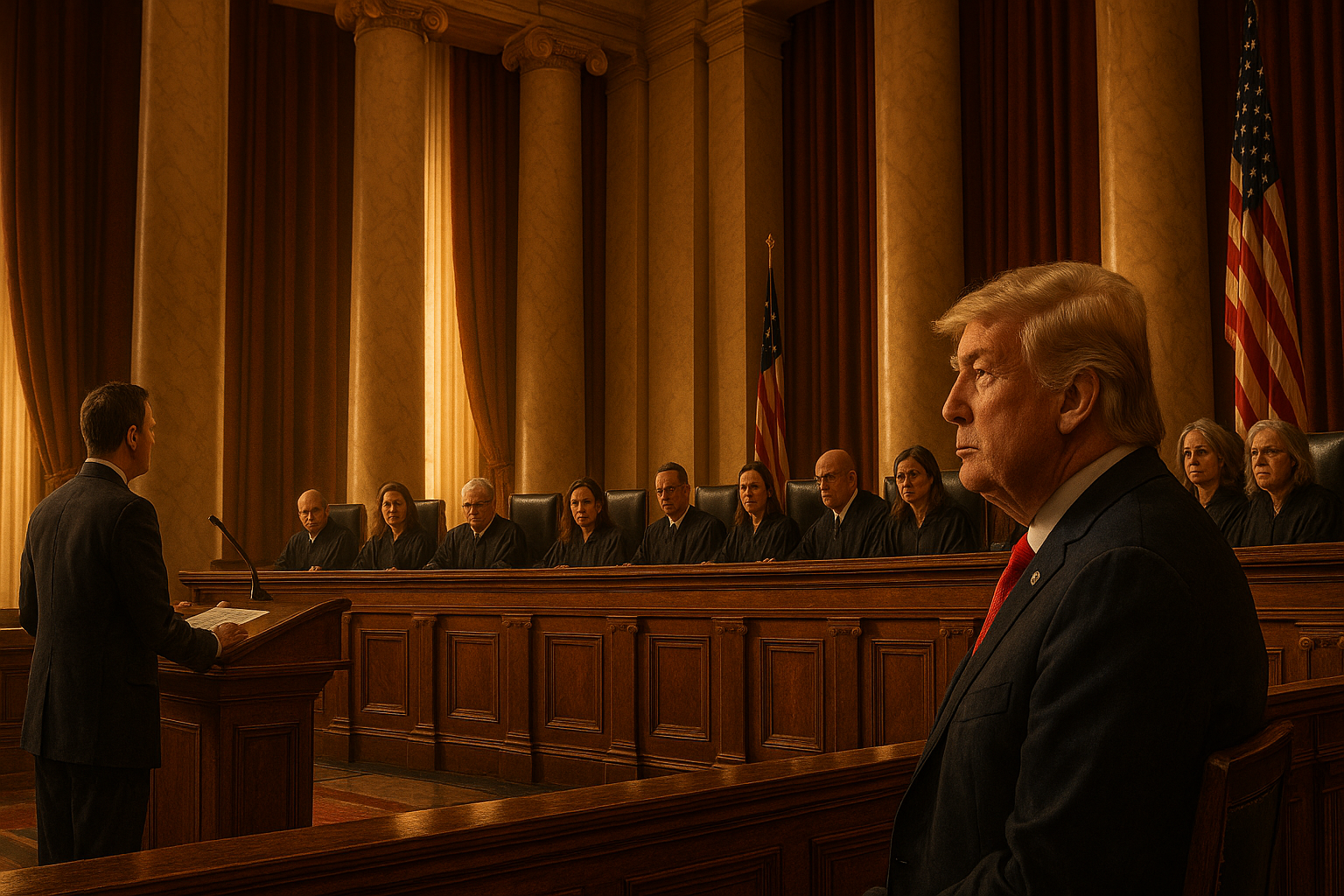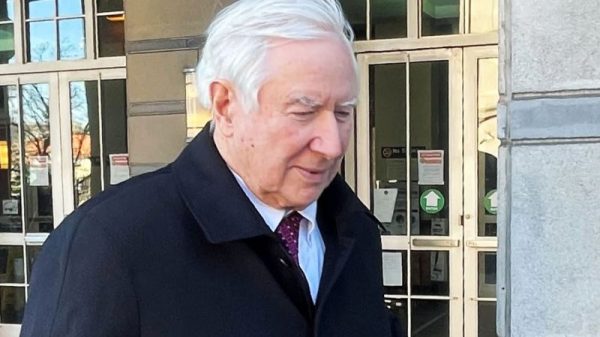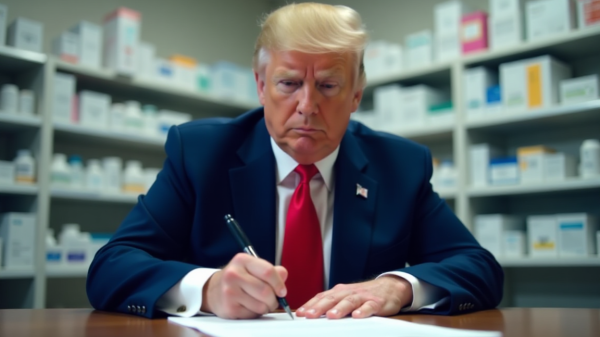President Donald Trump’s sweeping tariff regime faced intense scrutiny at the Supreme Court on Wednesday.
The justices from across the ideological spectrum are expressing serious doubts about whether he has the legal authority to impose import duties on nearly every US trading partner without congressional approval.
The nearly three-hour hearing marked a critical test of the administration’s assertion of executive power and raised questions that could reshape how American trade policy operates for years to come.
With significant economic stakes, potentially billions in tariffs already collected, and the global economy watching closely, the court’s ultimate decision could either validate Trump’s aggressive trade agenda or force a dramatic reversal.
Inside the courtroom: What unfolded during Wednesday’s arguments
Wednesday’s arguments revealed a deeply skeptical court wrestling with the boundaries of presidential authority.
Even conservative justices appointed by Trump, including Amy Coney Barrett and Neil Gorsuch, fired tough questions at Solicitor General D. John Sauer, who defended the tariffs.
Justice Barrett directly challenged whether countries like Spain and France genuinely posed threats to national security and the industrial base, the administration’s stated justification for the across-the-board duties.
Meanwhile, Chief Justice John Roberts repeatedly emphasized that tariffs function as taxes on American consumers, a power the Constitution reserves exclusively for Congress, not the president.
The core legal dispute centers on whether the International Emergency Economic Powers Act of 1977 (IEEPA), a 50-year-old statute designed for national emergencies, allows Trump to impose indefinite tariffs on any product from any country at any rate.
Roberts noted that no president has ever attempted this interpretation before, calling it “major authority” without clear congressional authorization.
Even liberal justices like Sonia Sotomayor joined in, pointing out that tariffs are fundamentally taxes that extract money from American citizens regardless of how the administration frames them.
Trump’s lawyer countered that the phrase “regulate importation” in IEEPA grants the president broad discretion over foreign commerce and that tariff revenue is merely “incidental” to regulating trade.
However, this argument didn’t gain traction.
Businesses challenging the tariffs, represented by former Solicitor General Neal Katyal, repeatedly stressed that if the court allows this interpretation, Congress would permanently lose the power to levy tariffs, creating what Katyal called a “one-way ratchet” where executive power only accumulates upward.
When to expect a ruling: Timeline and implications
The Supreme Court is operating on an expedited timeline, a rarity for major cases.
While decisions are typically issued by late June or early July, this ruling could arrive significantly sooner, indicating the court’s recognition of the case’s urgency.
Court observers expect a decision within weeks or months, though the exact date remains unclear.
If the court sides with Trump, it would mark the first significant policy defeat for his administration from the conservative majority since January.
Conversely, a loss would force Trump to unwind tariff agreements and potentially pursue more limited trade tools under different statutes like Section 232, though with less sweeping authority.
The financial stakes underscore the hearing’s importance. An estimated $90 billion in tariffs have already been collected, representing nearly half of all US tariff revenue from January to September.
If the court rules against Trump, the administration warns it could owe billions in refunds to importers.
The post Trump tariffs in SC: what happened in the first hearing and when to expect a ruling appeared first on Invezz
























